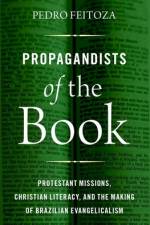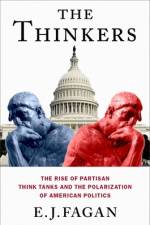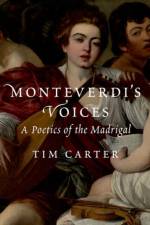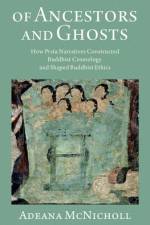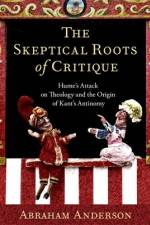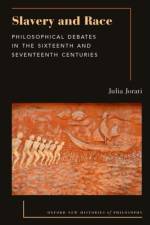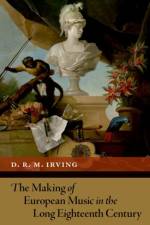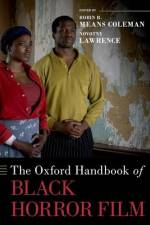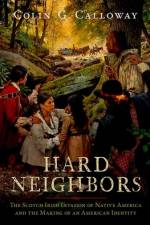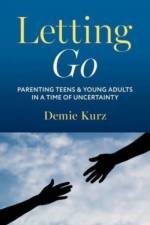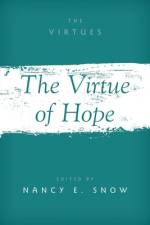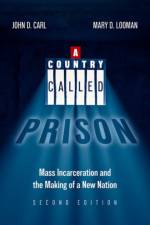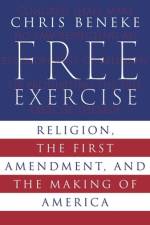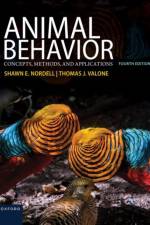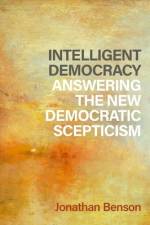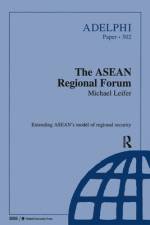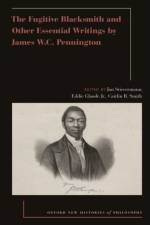av Walter Frisch
379,-
Harold Arlen and His Songs is the first comprehensive book about the music of one of the great song composers of the twentieth century. Arlen wrote many standards of the American Songbook-including "Get Happy," "Over the Rainbow, "Stormy Weather," "Come Rain or Come Shine," and "The Man That Got Away" - that today rank among the best known and loved. Author Walter Frisch places these and other songs in the context of a long career that took Arlen from Buffalo, New York; to Harlem's Cotton Club; to Broadway stages; and to the film studios of Hollywood. Even with their complex melodies, harmonies, and formal structures, Arlen's tunes remain accessible and memorable. As Frisch shows, he blended influences from his father's Jewish cantorial tradition, his experience as a jazz arranger and performer, and peers like Gershwin, Kern, and Berlin. Arlen always emphasized the collaborative nature of songwriting, and he worked with the top lyricists of his day, including Ted Koehler, Yip Harburg, Johnny Mercer, and Ira Gershwin. Harold Arlen and His Songs is structured around these and Arlen's other partnerships, analyzing individual songs as well as the shows or films in which they appear. The book also treats Arlen's performances of his own music as a vocalist and pianist, through numerous recordings and appearances on radio and television. A final chapter explores the interpretations of his songs by great singers, including many who worked with him, among them Ethel Waters, Lena Horne, Judy Garland, Frank Sinatra, and Ella Fitzgerald.

